Promise Hour: Tesla Broadcasts Self-driving Tech to Perk Up Investors

Tesla celebrated “Autonomy Day” on Monday, broadcasting a web presentation to investors touting its self-driving strategy — part of CEO Elon Musk’s attempt to prove that the manufacturer’s longstanding commitment to the technology will bear fruit. While the mood was undercut by news of one of its vehicles spontaneously combusting in a Shanghai parking garage, the company stayed the course, focusing on autonomy instead of electrification.
Still, it wasn’t the fire that had investors seeking comfort. Tesla’s promise of fully self-driving vehicles is years old, with Musk initially pegging 2018 as the target date. That didn’t happen, with 2018 turning out to be the year the company faced elevated scrutiny over the effectiveness of its Autopilot system after a series of high-profile crashes.
The broadcast began about 30 minutes later than anticipated but, once up, Tesla hit the ground running. Musk claimed (once again) that LiDAR is not the way to go for totally autonomous driving, calling it a “fool’s errand.”
He instead suggested that the key to success involves a proprietary neural processor that the company has tasked Samsung to build.
“It seems improbable. How could it be that Tesla — who has never designed a chip before — would design the best chip in the world? But that is objectively what has occurred,” Musk said. “All Teslas being produced right now have this chip … All Tesla cars right now have everything necessary for FSD. All you have to do is update the software.”
FSD is the computer that’s said to enable full-self driving via future over-the-air software updates, thanks to help from from a small and robust CPU. But that’s only half the battle.
Tesla showcased the problem of identifying objects by showcasing a lizard, boat, pair of scissors, and a cello — noting that, while it’s easy for us to differentiate between them, a computer just sees a mass of pixels with different brightness values. However, the myriad of angles, colors and shapes practically every object can assume makes the process infinitely more complicated.
The solution? Artificial neural networks. While much simpler than what exists inside your own skull, Tesla says it can feed images into a vast network and effectively let its system learn what’s what over a period of time. The entire presentation wobbled between being overly technical for average folks and insultingly simplistic. But the gist is that the company sees another hardware upgrade as the path to self-driving glory.
Musk claimed that the new chip would be about three times better than the current one and take another two years to get here. He also noted that FSD has built-in redundancies that should make it bulletproof, saying the system was less likely to fail than a human brain. But it will need to be updated remotely and fed a lot of data if it’s to function properly, meaning Tesla will continue to snatch fresh data from its vehicles for years to come — as simulated data has been deemed insufficient by the company.
“Using simulators, it’s like grading your own homework,” Elon joked.
While this paints a clearer picture of how Tesla plans to tackle self-driving in the future, it doesn’t sound terribly different from its current strategy. The company has amassed driving data from its customers for years; all this amounts to is even more robust hardware — which it has released before and promised would result in complete vehicular autonomy. That’s not to say Tesla isn’t on the cutting edge of neural network processing or that it won’t work, just that we’ve heard this song before.
Investors are expected to take a ride in vehicles equipped with the company’s latest self-driving system later today, so we’ll see how it’s all coming together. Naturally, it’s doubtful any of them will have anything overtly negative to say. At worst, the company’s share price maintains its current trajectory. Tesla’s still making headway in the world of autonomy, even if that progress is not quite as swift as Waymo’s.
[Image: Tesla]

A staunch consumer advocate tracking industry trends and regulation. Before joining TTAC, Matt spent a decade working for marketing and research firms based in NYC. Clients included several of the world’s largest automakers, global tire brands, and aftermarket part suppliers. Dissatisfied with the corporate world and resentful of having to wear suits everyday, he pivoted to writing about cars. Since then, that man has become an ardent supporter of the right-to-repair movement, been interviewed on the auto industry by national radio broadcasts, driven more rental cars than anyone ever should, participated in amateur rallying events, and received the requisite minimum training as sanctioned by the SCCA. Handy with a wrench, Matt grew up surrounded by Detroit auto workers and managed to get a pizza delivery job before he was legally eligible. He later found himself driving box trucks through Manhattan, guaranteeing future sympathy for actual truckers. He continues to conduct research pertaining to the automotive sector as an independent contractor and has since moved back to his native Michigan, closer to where the cars are born. A contrarian, Matt claims to prefer understeer — stating that front and all-wheel drive vehicles cater best to his driving style.
More by Matt Posky
Latest Car Reviews
Read moreLatest Product Reviews
Read moreRecent Comments
- ToolGuy I have 2 podcasts to listen to before commenting, stop rushing my homework.
- ToolGuy Please allow me to listen to the podcast before commenting. (This is the way my mind works, please forgive me.)
- ToolGuy My ancient sedan (19 years lol) matches the turbo Mazda 0-60 (on paper) while delivering better highway fuel economy, so let's just say I don't see a compelling reason to 'upgrade' and by the way HOW HAVE ICE POWERTRAIN ENGINEERS BEEN SPENDING THEIR TIME never mind I think I know. 😉
- FreedMike This was the Official Affluent-Mom Character Mobile in just about every TV show and movie in the Aughts.
- Offbeat Oddity The RAV4, and I say this as someone who currently owns a 2014 CR-V. My aunt has a 2018 CR-V that has had a lot of electrical issues, and I don't trust the turbo and CVT to last as long as Toyota's NA engine and 8-speed automatic. Plus, the RAV4 looks sportier and doesn't have the huge front overhang.
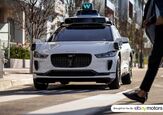
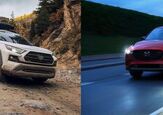
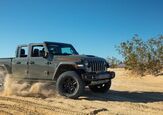













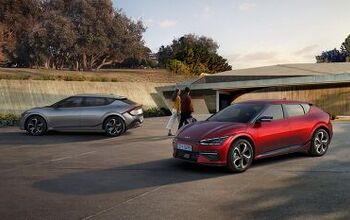
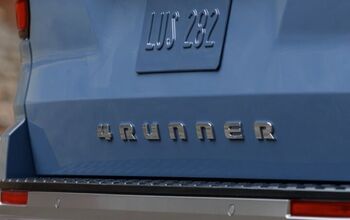
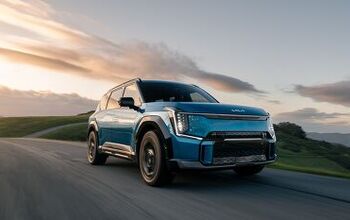
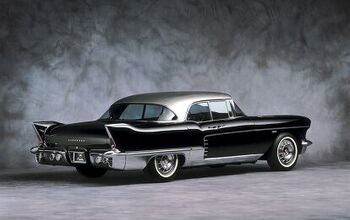
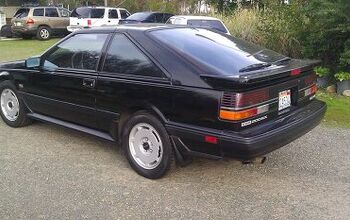

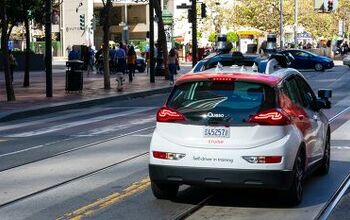
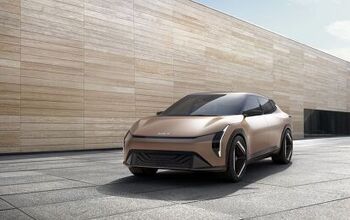
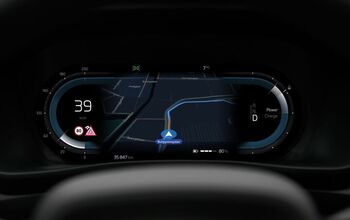
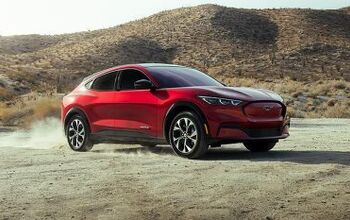
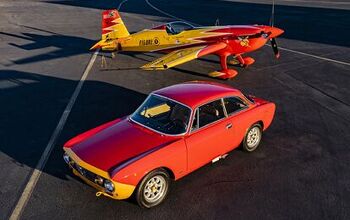
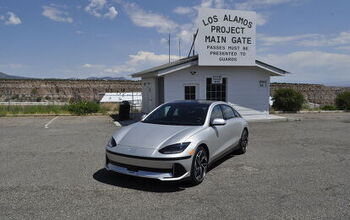
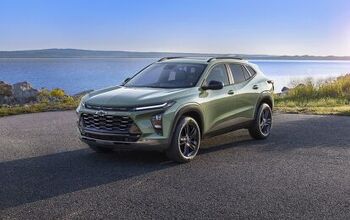
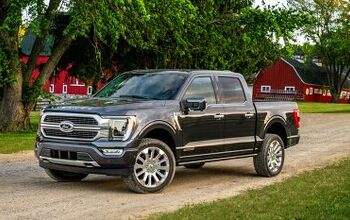
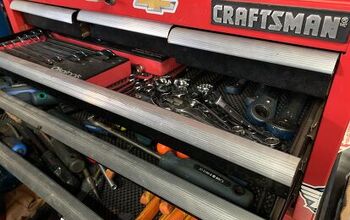
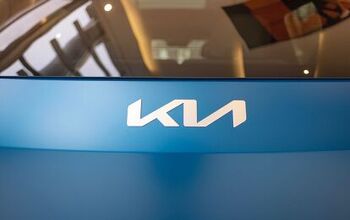
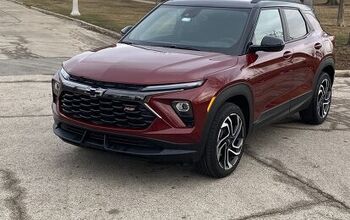

Comments
Join the conversation
"The fundamental message that consumers should be taking today is that it’s financially insane to buy anything other than a Tesla, ” the CEO of the electric auto maker said after Monday’s robotaxi announcement. “It would be like owning a horse in three years. I mean, fine if you want to own a horse. But you should go into it with that expectation.” So all you insane dawn and dusk nosebag oat-fillers out there, remember, Dobbin's days are numbered! No more kegs of Bud Lite! Teslas will run the world and we'll have a million robotaxis by next year, Uber is toast, all it takes is an over-the-air update and the Muskies will come alive! Alive I tell you! Ah, ha ha ha."
There is always room for a new wave of investors.... I think what used to be called Tesla investors are now referred to as Millionaires.